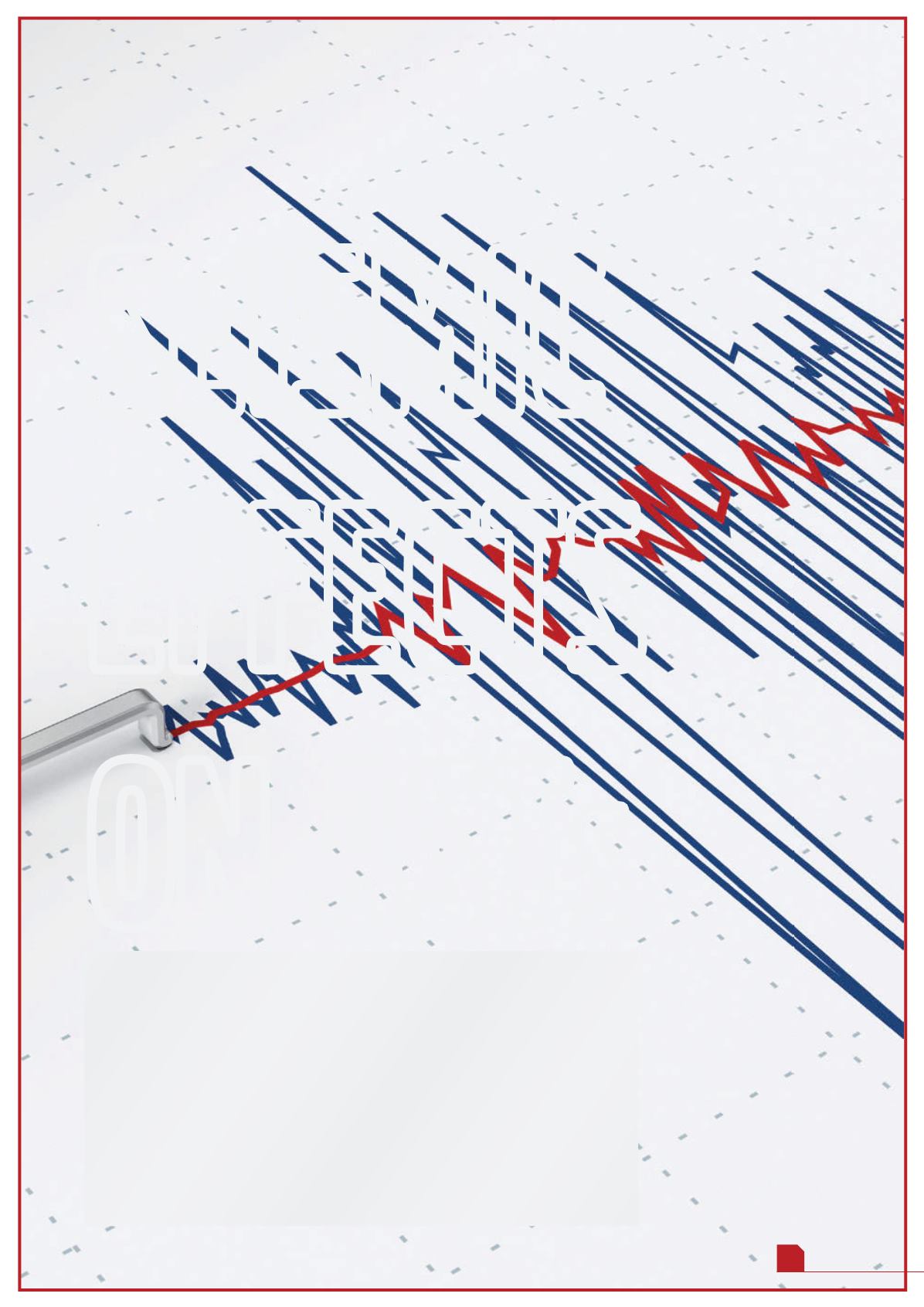
June
2016
55
HYDROCARBON
ENGINEERING
A
ccording to the US Geological Survey (USGS), the number of earthquakes of
magnitude three and larger within the central and eastern US has experienced a
1000 fold increase since 2008, with 858 between 1973 and 2008 and 1570 from 2009
to April 2015. Most of these earthquakes ranged between M3 and M4 – large
enough to be felt, but small enough to rarely cause damage. That said, on 10 October 2015,
Cushing, Oklahoma, considered the pipeline crossroads of the world, experienced its highest
magnitude earthquake to date, an M4.3, raising concern about the impact. In March 2016,
USGS indicated the probability of a damage causing earthquake to be as high as 5 - 10%
within the next year in the central and eastern US.
USGS National Seismic Hazard Maps (NSHM) provide the basis for seismic loading
incorporated in API 650
1
and ASCE 7.
2
The current USGS maps do not include recent seismic
activities in the central US. There was, therefore, a need to understand the effects of this
activity on storage infrastructure. In response, and at the request of a Cushing-based
consortium comprised of terminal owner/operators, regulatory authorities and others,
SEISMIC
EFFECTS
ON AST
S
Rama Challa Ph.D. P.E, Matrix PDM Engineering, USA,
discusses the effects of recent
earthquakes on atmospheric storage tanks (ASTs) in Cushing, Oklahoma, with a focus
on framing the effects and recommending protocols in an environment of dramatically
increasing activity.


